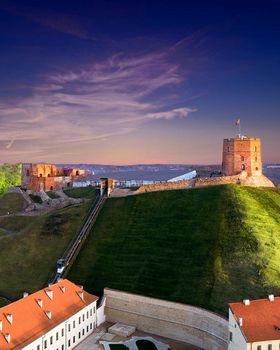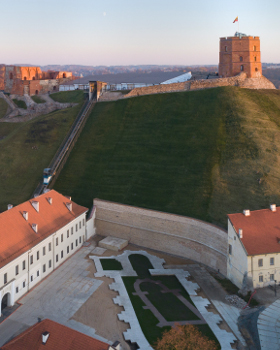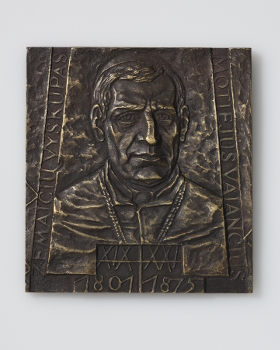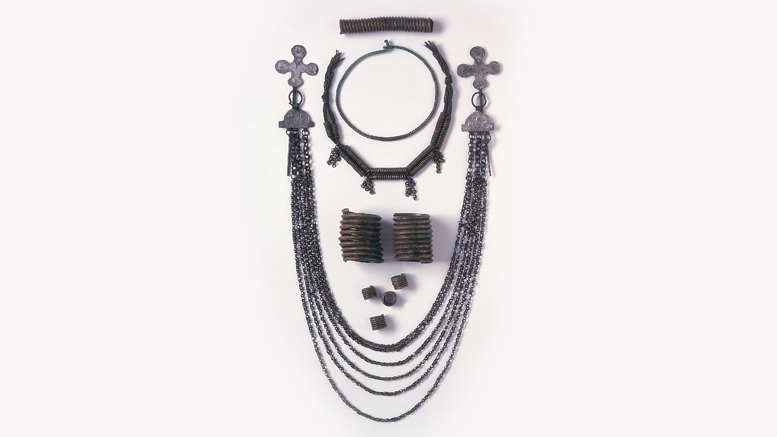Funerary monuments
The excavated funerary monuments best reflect the entire material and, above all, spiritual culture of our forefathers. The collection of Iron Age funerary monuments contains finds from tribal regions in the entire territory of Lithuania. The museum holds material from the tumuli of Kretuona, Neravai, Taurapilis, and Jutonys in East Lithuania, as well as finds from the Plinkaigalis grave field in Central Lithuania. A large part of the collection is comprised of artefacts from the grave fields of the Semigallian tribe – Jauneikiai, Pamiškiai, Linksmučiai, and Šukionys; Samogitians – Bikavėnai, Požerė, Žviliai, Žąsinas, and Upyna; and Skalvians – Kreivėnai, Barzūnai, and Šereitlaukis. The most abundant and the richest are the funerary monuments of the Curonian tribe – the grave fields of Palanga, Laiviai, Kurmaičiai, Kiauleikiai, Genčas, Pryšmančiai, Girkaliai, and Griežė. Circa 7,000 exhibits come from the Curonian graves in Palanga, Laiviai and Griežė alone.
 Back
Back 
















